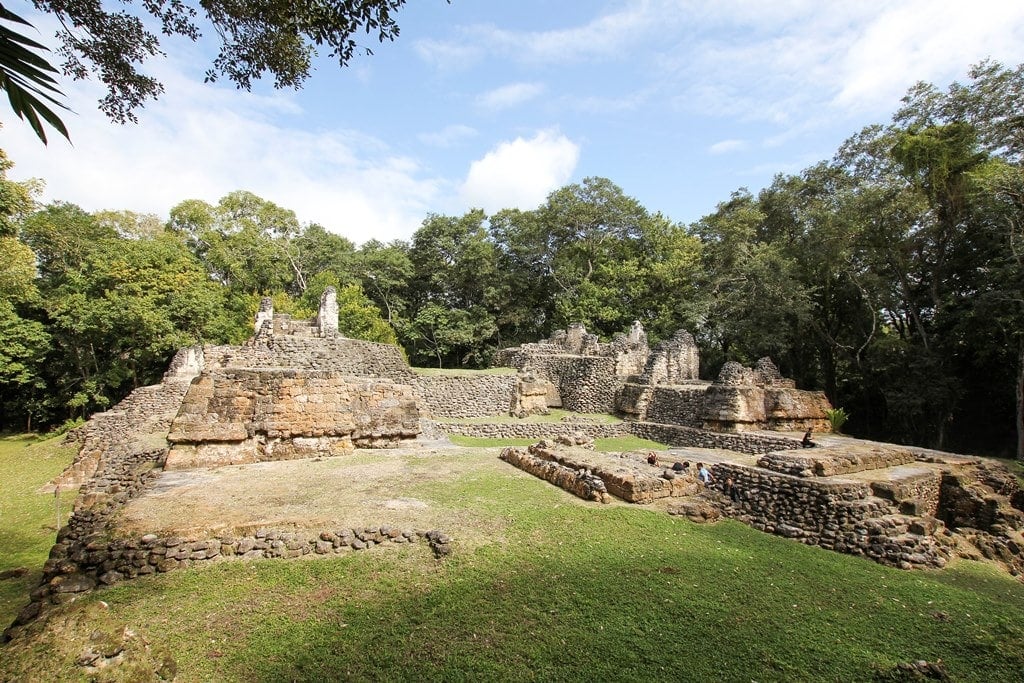

Archaeologists have uncovered the remains of a nearly 3,000-year-old Maya city deep in the northern jungles of Guatemala.
The site, named “Los Abuelos,” lies about 13 miles from the well-known ruins of Uaxactun and includes pyramids, stone monuments, murals, and a unique water canal system.
According to Guatemala’s Ministry of Culture, the city dates to the Middle Preclassic period, between 800 and 500 B.C., and is believed to be among the earliest ceremonial centers of the Mayan civilization. It sits in the Peten region, near the Mexican border, an area known for its rich archaeological history.
Guatemalan and Slovak researchers discovered the site in a previously unexplored part of Uaxactun Park. The city stretches across roughly six square miles.
Excavations revealed carefully planned architecture, including large ceremonial structures and human-like stone statues thought to represent an ancestral couple. These figures, dated between 500 and 300 B.C., may be linked to early ancestor worship practices.
Close to the main site, archaeologists identified a 108-foot-tall pyramid adorned with murals from the same era and supported by an intricate canal system. Officials say these features suggest a complex society with sophisticated ceremonial and environmental planning.
The discovery of Los Abuelos, together with two neighboring sites, forms what experts are calling a previously unknown urban triangle. The ministry said this finding could reshape current understanding of how Mayan communities organized their spiritual and political life in the region.
A video released by officials shows archaeologists carefully digging through layers of jungle soil, revealing artifacts and structures hidden for centuries. An animation included in the footage illustrates what the ancient city may have looked like when it was active.
The announcement follows another significant discovery in April, when researchers found a 1,000-year-old altar at Tikal, Guatemala’s most prominent archaeological site and a major tourist attraction located about 15 miles from Uaxactun.
That altar, linked to Mexico’s ancient Teotihuacan culture, was interpreted as evidence of contact between two influential pre-Hispanic civilizations. Experts believe it may have been used for ritual sacrifices, possibly involving children.
In a separate breakthrough made last October, an American doctoral student discovered another vast Maya city in Mexico using laser scanning technology known as Light Detection and Ranging, or LiDAR. The method allows researchers to map ancient structures hidden beneath dense jungle canopies without excavation.
Together, these discoveries highlight the continued importance of Guatemala and the surrounding regions in uncovering the history of early Mesoamerican civilizations.
